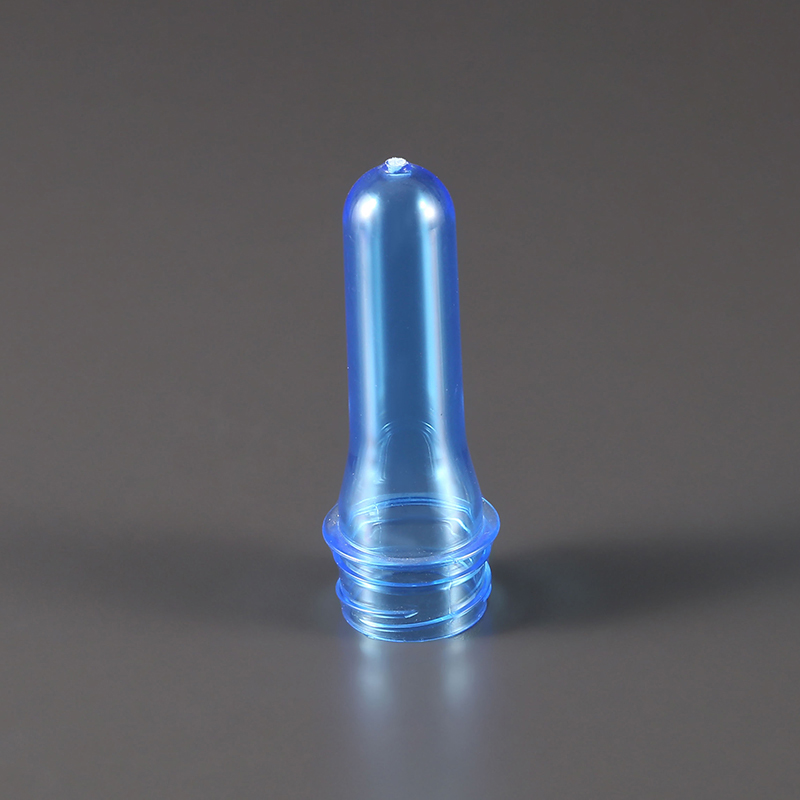One of the primary manufacturing challenges before the introduction of the 38mm PET Preform was the lack of a standardized neck size for wide-mouth containers. This inconsistency made it difficult to streamline production processes across various product lines. The emergence of the 38mm PET Preform provided a reliable and widely accepted neck diameter, enabling compatibility across numerous bottle types and capping equipment. This standardization reduced the need for frequent machinery adjustments and minimized changeover times in production facilities.

Before the widespread use of PET preforms, packaging materials such as glass or metal were commonly used. These materials posed challenges in terms of weight, recyclability, and energy consumption during manufacturing. The 38mm PET Preform offered a more material-efficient alternative. Its design is optimized to ensure that the final container meets volume and strength requirements while using a minimal amount of PET resin. This improvement helped manufacturers reduce raw material costs and lessen the environmental footprint of production.
In traditional bottle-making methods, forming containers from raw materials required multiple complex steps, often performed at separate locations. The 38mm PET Preform streamlined this process by enabling two-stage manufacturing: injection molding to create the preform, followed by stretch blow molding to produce the final container. This division allows for large-scale production of preforms that can be stored and used as needed, significantly reducing downtime and boosting production throughput. The uniformity of the 38mm PET Preform further reduces the risk of machine jams or defects during the blow molding process.
Another problem resolved by the 38mm PET Preform was the frequent incompatibility between container neck sizes and filling or capping equipment. With a consistent 38mm neck finish, this preform design ensures easier integration into automated filling and sealing lines. Manufacturers can invest in equipment optimized for this standard, improving line efficiency and reducing the likelihood of errors. This compatibility is particularly beneficial for high-speed beverage production, where precise alignment between containers and machinery is essential.
Packaging requirements often demand a balance between weight reduction and structural integrity. Prior to the development of the 38mm PET Preform, containers were either too heavy or prone to deformation under pressure, especially in hot-fill or carbonated beverage applications. The 38mm PET Preform addressed this issue by providing a preform with an ideal wall thickness and neck strength to withstand such conditions. As a result, manufacturers can offer lightweight packaging that maintains performance during transport, storage, and consumer use.
Manufacturers also faced challenges related to shipping and storing fully formed bottles, which consume considerable space. The 38mm PET Preform significantly improves logistics efficiency by being much more compact. Preforms can be transported in bulk to blow molding facilities or end-user locations where final bottles are formed just-in-time. This approach reduces warehouse space requirements and cuts down on transportation costs, providing flexibility to respond quickly to changes in market demand.
With the introduction of the 38mm PET Preform, quality assurance became more manageable. Consistency in preform dimensions and material distribution makes it easier to monitor and maintain product standards. Manufacturers can implement standardized inspection protocols, improving overall product quality and reducing the number of rejects. The predictability of the 38mm PET Preform's performance during blow molding also simplifies troubleshooting and process optimization.


 English
English Español
Español 中文简体
中文简体